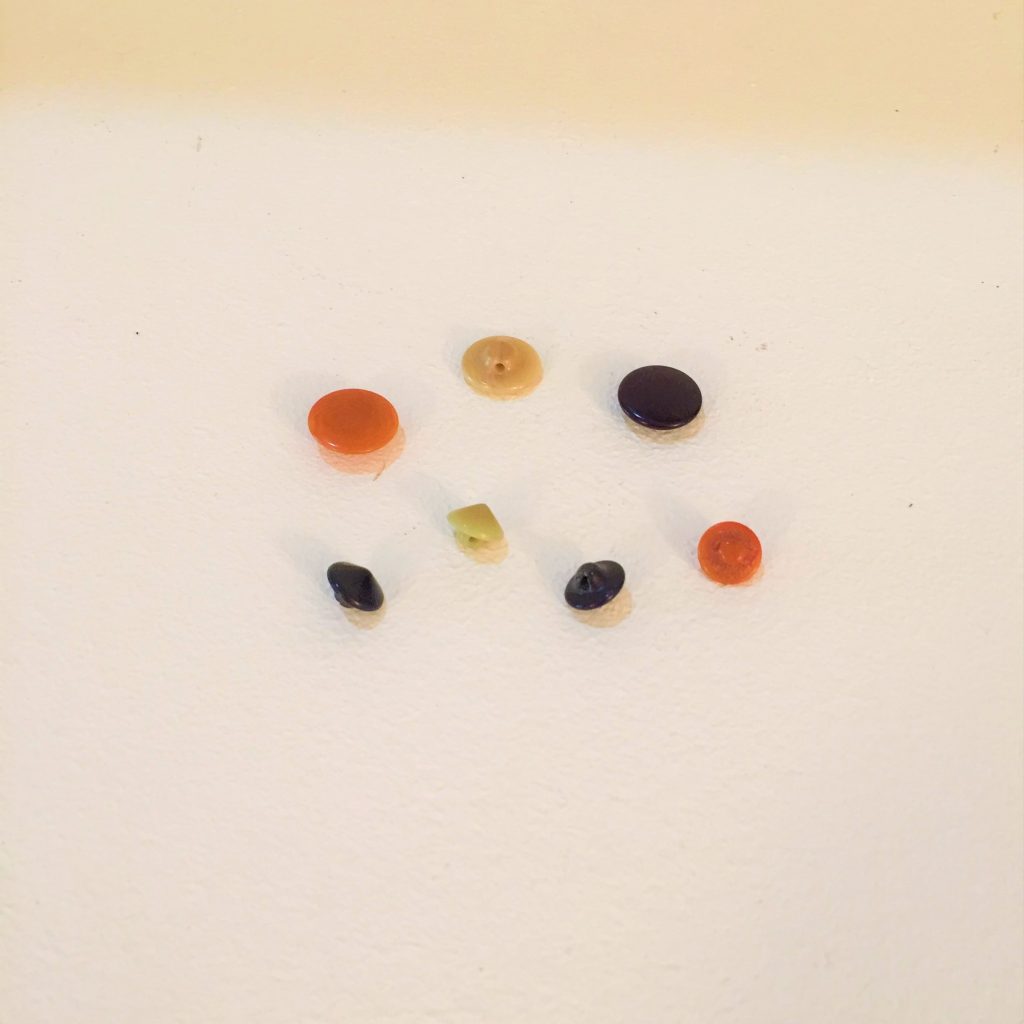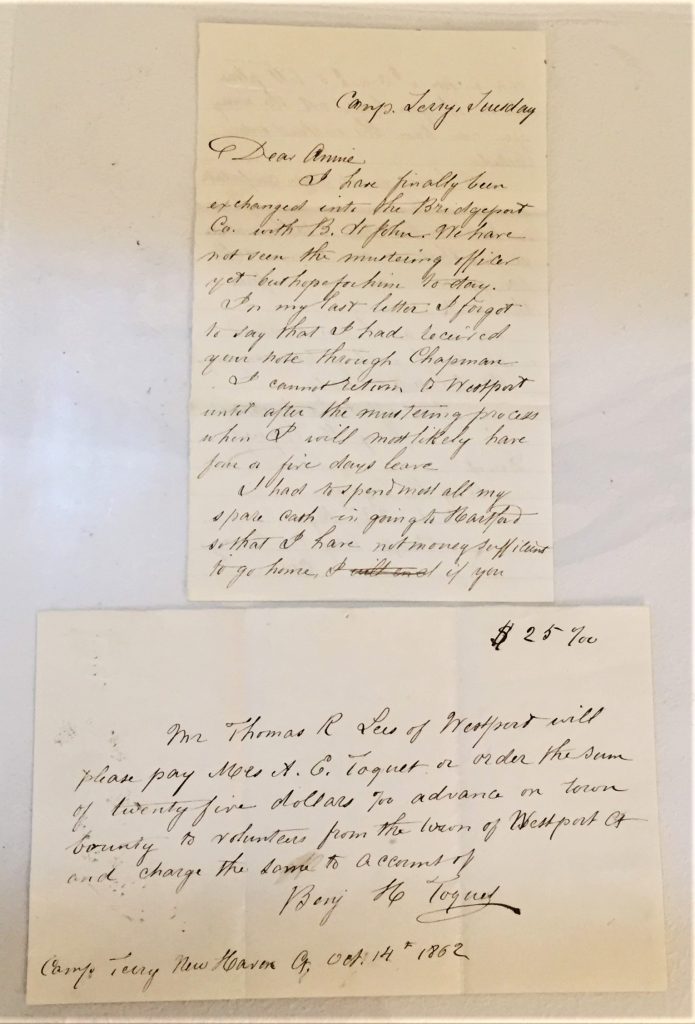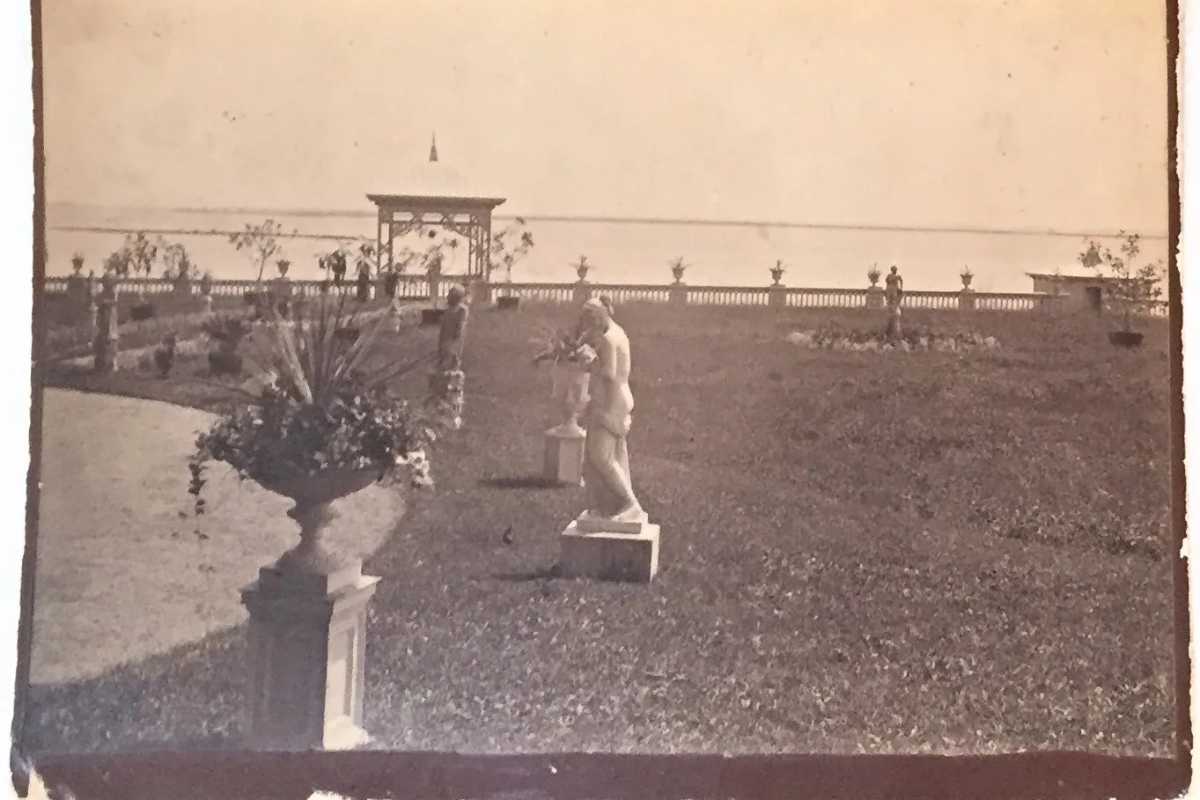With the arrival of the railroad to Westport in 1843, commerce and industry grew in Westport and factories popped up along the Saugatuck River. Just as the development of the railroad brought Irish immigrant workers and its expansion in the 1860s brought Italian Americans to Saugatuck factories like the Saugatuck Manufacturing Company brought others including Germans and Austro-Hungarians. In this era before workers’ rights laws factory laborers included men, women and, sadly, children.
Westport’s and Connecticut’s factories supplied clothing, hats, buttons, and more to southern slave plantations but in 1861 the Civil War began and towns like Westport offered a bounty of $25 to encourage able bodied young men to enlist. One of these soldiers was Benjamin Toquet. Learn more about his service in our main exhibit Remembered: The History of African Americans in Westport.
Westport farmers also did their part for the war effort growing onions for rations to Union Soldiers. It was believed that onions, which have mild antimicrobial properties, could prevent infection in open wounds such as those from gunshots. In fact, General U.S. Grant wrote to the US War Department in Washington DC saying that he would not move his troops without a steady supply of onions at his disposal.
After the war’s end, Westport also became more appealing to captains of industry and finance. Many wealthy New York families built estates on the shorefront. Among these were the Laurence family, whose lavish home and grounds would one day become Longshore Club Park.





